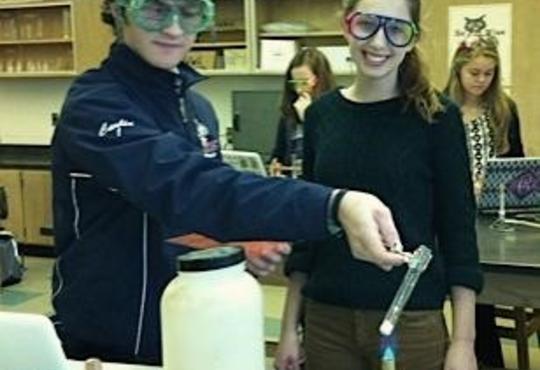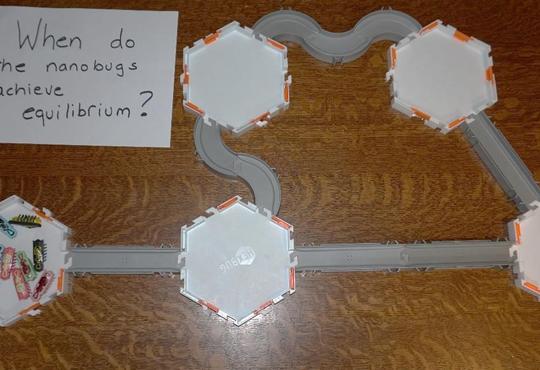The online classroom
I’ll be honest. I don’t have a favourable opinion of my time at teacher’s college. I loved being in the classroom as a practice teacher, but loathed sitting through lectures and classroom sessions. The theory of teaching is not quite as exciting, challenging or rewarding as the practice of teaching. I’m sure I’m not alone in this...right?...right?
That said, there are some things about teacher’s college that I remember distinctly. I recall my intermediate/senior biology instructor telling us that when you become a teacher, you are a teacher 24/7. I’ve heard it many times since, but that was the first. I’ve little doubt that the purpose of the statement is to make us think of our actions and how they reflect on us and our profession, not only in the classroom, but also after the bell and outside the school building. That idea still resonates with me, albeit in a slightly different context.
Today, information is ubiquitous. Our students can access information at anytime, anywhere. And they do. The only time that we get any say in what information they have access to, and in what context, is when they are in our classroom. Unless, of course, we extend our classrooms beyond the physical confines of our brick and mortar school, and into cyberspace.
I spoke in my previous article about maintaining an online “classroom” as a necessary component of flipped learning. It doesn’t have to be much. My online “classroom” is a relatively simple website that I have designed through Google Sites.1 I have an embedded Google Calendar that outlines what I have planned for each class — as a side note, this calendar is also my planner, and helps me keep organized. I have an outline of what we did in class each day and where the students should be in terms of covering the course content, so they may monitor their own progress against my expectations. These two things help to ensure you rarely get the question “What did we do in class yesterday?” I have all of my topics categorized and referenced so that students may work ahead if they wish — and some do — and I have scanned homework answers so that they have 24/7 access to a resource where they can check and correct their work.
In addition to my site, I used a feed to a reminder service2 that will send out text messages if they have subscribed to the service. It can be helpful in reminding students when tests and assignments are due, but for the most part we use it to reinforce what was covered in class that day — encouraging them to think about course content, if even for a few seconds, after they have left the building.
Of course, not all of these components are necessary, and I should note that there are numerous sites and services3 that will develop an online classroom for you, and many of them are free. When you are evaluating these options, keep in mind that if students find the online component too onerous to use, or too complex to navigate, they are not going to use it. This was a crucial mistake that we first made when implementing this method of teaching — our pre-made learning management system (a.k.a. LMS) was just too complex and cumbersome to use. The key to the design of this classroom, or any online learning environment, is simplicity. Ultimately, this is what drove me to create my own website rather than using an LMS. The purpose is not to make more work for me — aside from the initial setup, it takes me no more time to post my daily class summary than it takes to enter my attendance — but to further build effective and lasting relationships with our students, and the design and use of the online classroom needs to reflect that.
No doubt we have to be careful. Remember, as I was told early on, we are teachers — professionals — 24/7, and our behavior both in the physical classroom and online classroom has to reflect that. My Google site is maintained within the confines of my board’s domain. My interaction with the students is through a reminder service that is optional and one-way — I never see their phone numbers, and they cannot reply to the messages I send. As long as we remain professional in our interactions, I feel the risk is minimal and far outweighed by the benefits.
As I see it, the purpose of flipped learning is to increase the frequency and quality of teacher-student interactions. The thing that I have come to realize, the thing that made my practice teaching the most enjoyable part of my teacher’s college experience, is not covering the content, but in the interacting with the students. The presence of an online classroom is just an extension of that.
In my next article, I will take a deeper look into how I interact with the students using YouTube — that is, how I make, edit and use my videos as a part of the flipped classroom for delivering course content.
References
- sites.google.ca
- www.remind.com
- www.edmodo.com, www.schoology.com, www.moodle.com (and many others!)







